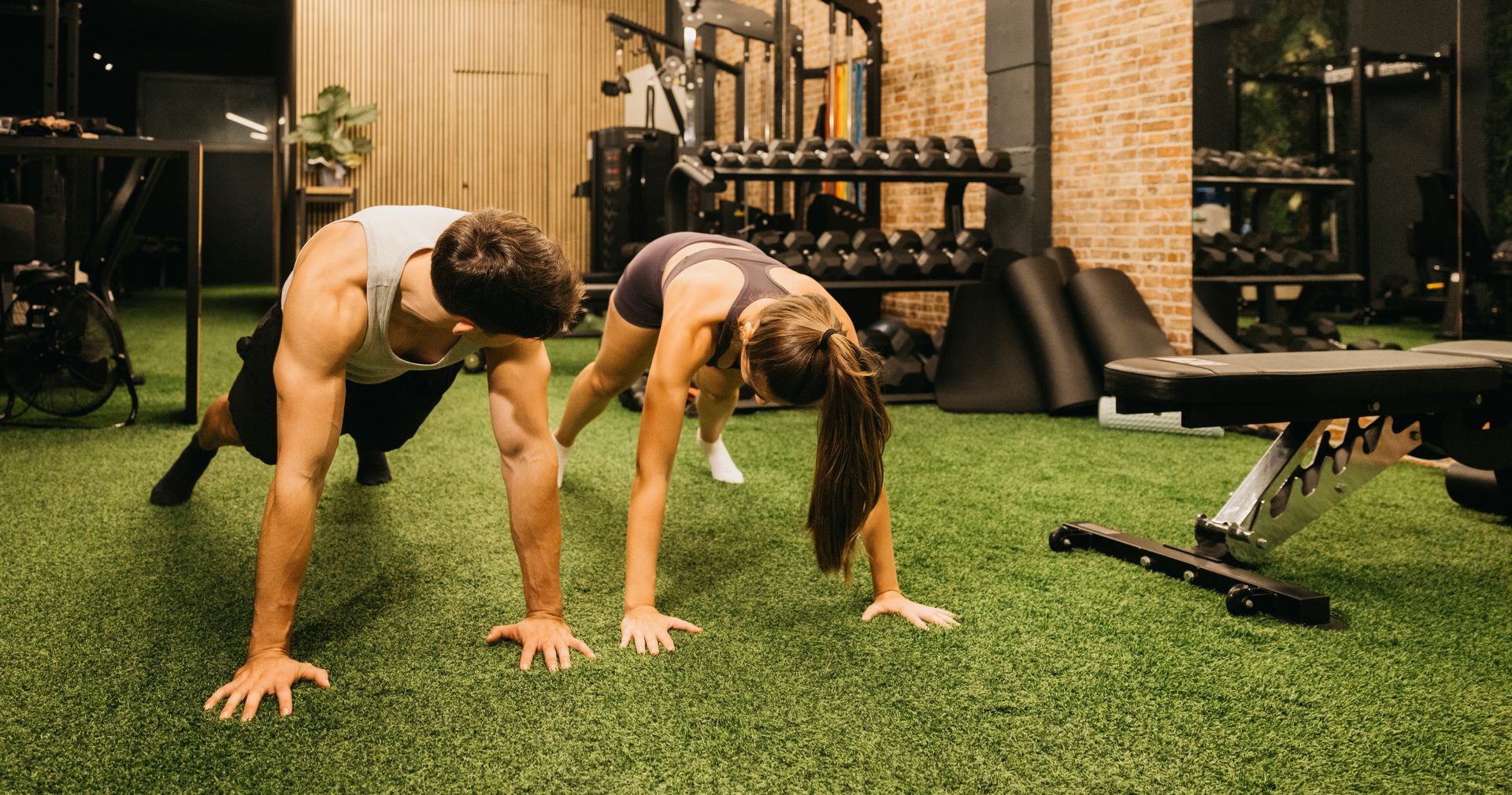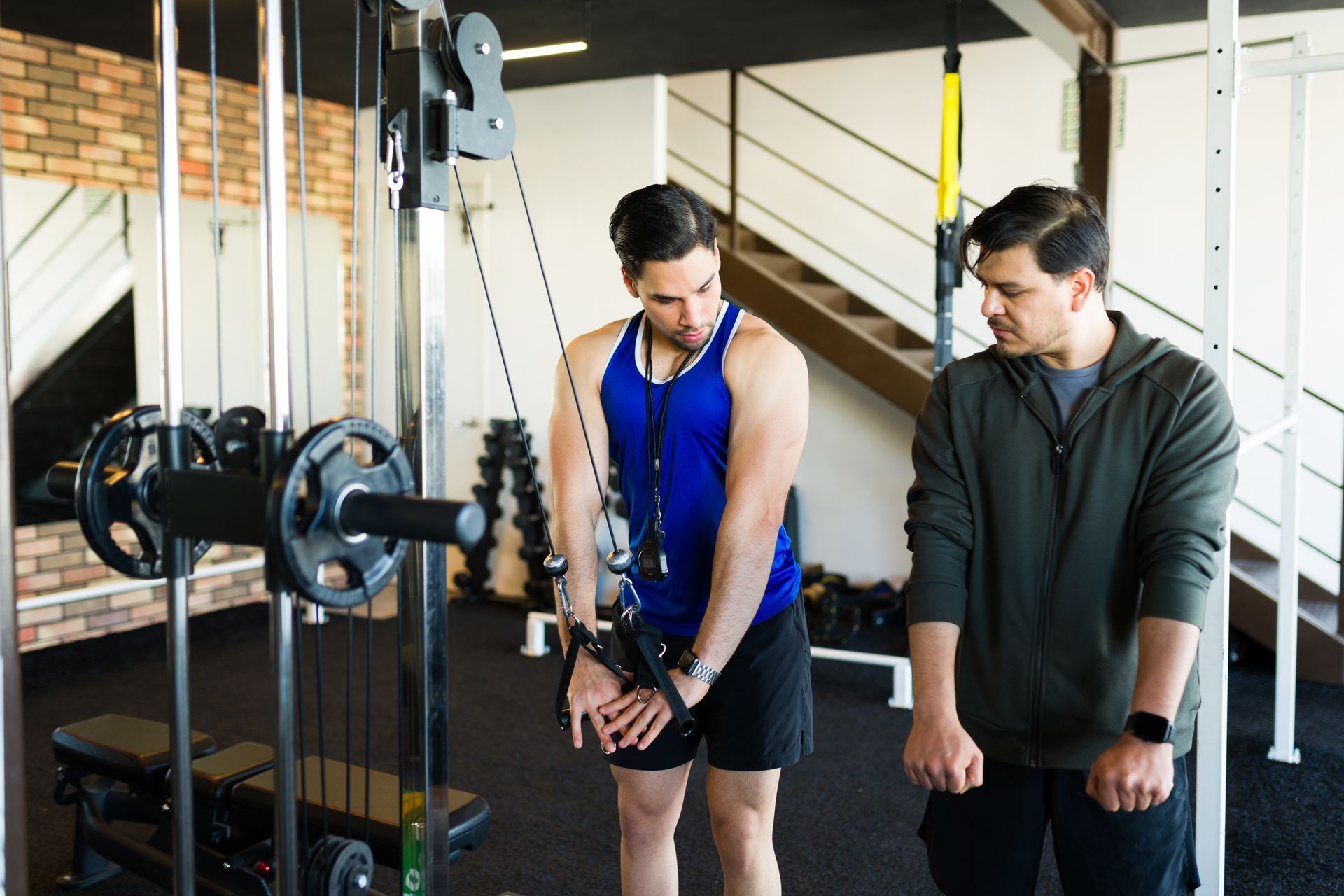August 1, 2025
Strength Training from Infancy to Old Age
Why Strength Isn’t Just for Lifters — It’s for Life
Strength training is still often seen as the domain of bodybuilders or 20-somethings chasing personal records. But as a seasoned personal trainer in Nashville, I’ve seen firsthand: strength isn’t just about the gym. It’s about living well—at every stage of life.
From babies pushing up off the floor to older adults rising from a chair unassisted, strength is a foundational skill. It's not about chasing PRs—it’s about building the physical ability to meet the demands of everyday life and aging well.
Let’s walk through how strength matters at every age—and how you can train it wisely.
Even Babies Are Strength Training
Think about the physical demand of a baby pulling themselves to stand. That’s a massive strength-to-bodyweight effort—likely tougher than your last deadlift.
Babies build strength through effort, repetition, and coordination—not with weights, but with natural progression. Crawling, pulling, squatting, balancing—these early movement patterns are strength training. And the principle doesn’t change as we age.
What does change? The need to be more intentional.
Kids Need Strength, Too — Not Just Sports
With childhood obesity and early-onset metabolic disease on the rise, strength training is one of the most underused tools in youth health.
Old myths like “lifting stunts growth” have been debunked by the American Academy of Pediatrics and NSCA. Supervised resistance training is safe and effective for kids as young as 7 or 8.
It improves:
- Bone density
- Movement control
- Joint health
- Sport performance
- Confidence and coordination
You don’t need barbells. Push-ups, squats, lunges, bands, and TRX work just fine.
Just keep the messaging age-appropriate: focus on fun, function, and skill, not aesthetics.
Older Adults Need Strength More Than Anyone
Once you hit your 60s, muscle loss (sarcopenia) accelerates. But it’s not just about losing tone—it’s about losing stability, energy, and independence.
The great news? Even adults in their 70s or 80s can build strength and muscle.
Research shows:
- Strength gains up to 8% per session in untrained older adults
- Moderate-to-heavy resistance (70–85% of 1RM) is safe and effective when coached
- Benefits include improved balance, faster reaction time, stronger bones, better brain function, and reduced fall risk
Strength = freedom. And it’s never too late to start.
Introducing: Strengthspan
You’ve heard of lifespan. Maybe even healthspan. But here’s what matters most:
Strengthspan — the number of years you maintain the strength to live life on your own terms.
Right now, the average lifespan in the U.S. is 78 years.
But the healthy life expectancy? Just 64.
That’s 14 years of compromised living for many people.
Strength training is the single most effective way to close that gap.
What Strength Training Should Look Like at Every Stage
Kids & Teens (7–18)
- 2–3x/week full-body sessions
- Focus: Movement quality, bodyweight control, coordination
- Tools: Push-ups, squats, lunges, bands, games
- Emphasize skill, fun, and self-confidence
Adults (18–60)
- 3–4x/week resistance training
- Focus: Compound lifts, progression, recovery
- Tools: Barbells, dumbbells, machines, sleds
- Train for both strength and longevity
Older Adults (60+)
- 2–4x/week depending on recovery
- Focus: Functional strength, balance, power (fast movements)
- Tools: Machines, bands, dumbbells, bodyweight
- Track outcomes like grip strength, stair speed, or sit-to-stand ease
A Sample Weekly Plan (Beginner to Advanced)
Beginner
- Goal: Build confidence and movement consistency
- Mon: Full-body resistance (machines or bodyweight)
- Wed: Mobility + light walking
- Fri: Full-body strength (different variations)
- Sat: Optional light cardio or stretching
Intermediate
- Goal: Build lean muscle, improve conditioning
- Mon: Upper Body (Push + Pull)
- Tues: 30-minute walk
- Thurs: Lower Body Strength
- Sat: Full-body conditioning (circuits, carries, sleds)
Advanced
- Goal: Maximize strength, manage fatigue
- Mon: Heavy Upper + Accessories
- Wed: Heavy Lower + Carries
- Fri: Volume Upper (Rows, Arms, Delts)
- Sat: Zone 2 Cardio or Mobility Walk (45–60 mins)
Final Thoughts: Strength Isn’t a Phase — It’s a Lifelong Skill
Whether you're crawling for the first time or fighting to maintain independence, strength is the baseline.
It’s not about six-packs. It’s about having the ability to meet life’s demands and keep moving forward.
As a Nashville personal trainer, I coach clients from every age group—from active kids to strong seniors—and I see this truth play out every day:
- Strength improves confidence
- Strength protects your body
- Strength extends your quality of life
Start Where You Are — And Never Stop Training for Strength
I offer personal training in Nashville TN designed for every phase of life—from youth fitness to 60+ longevity programs. Not local? I also offer online fitness coaching built to match your goals, equipment, and experience.
Ready to build strength that lasts?
Contact Coach Jim - Nashville Personal Trainer






